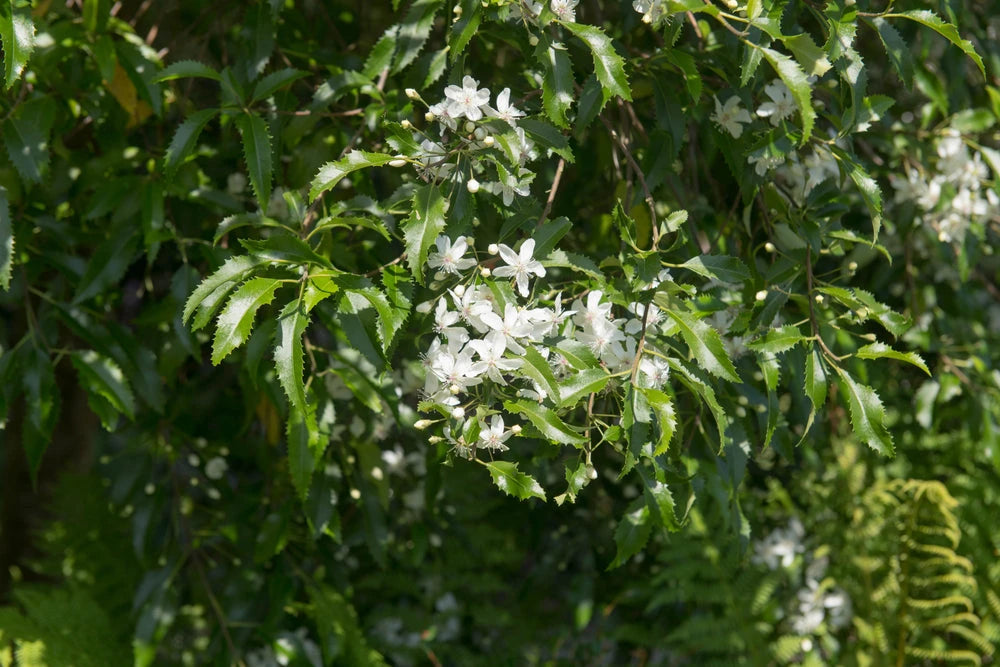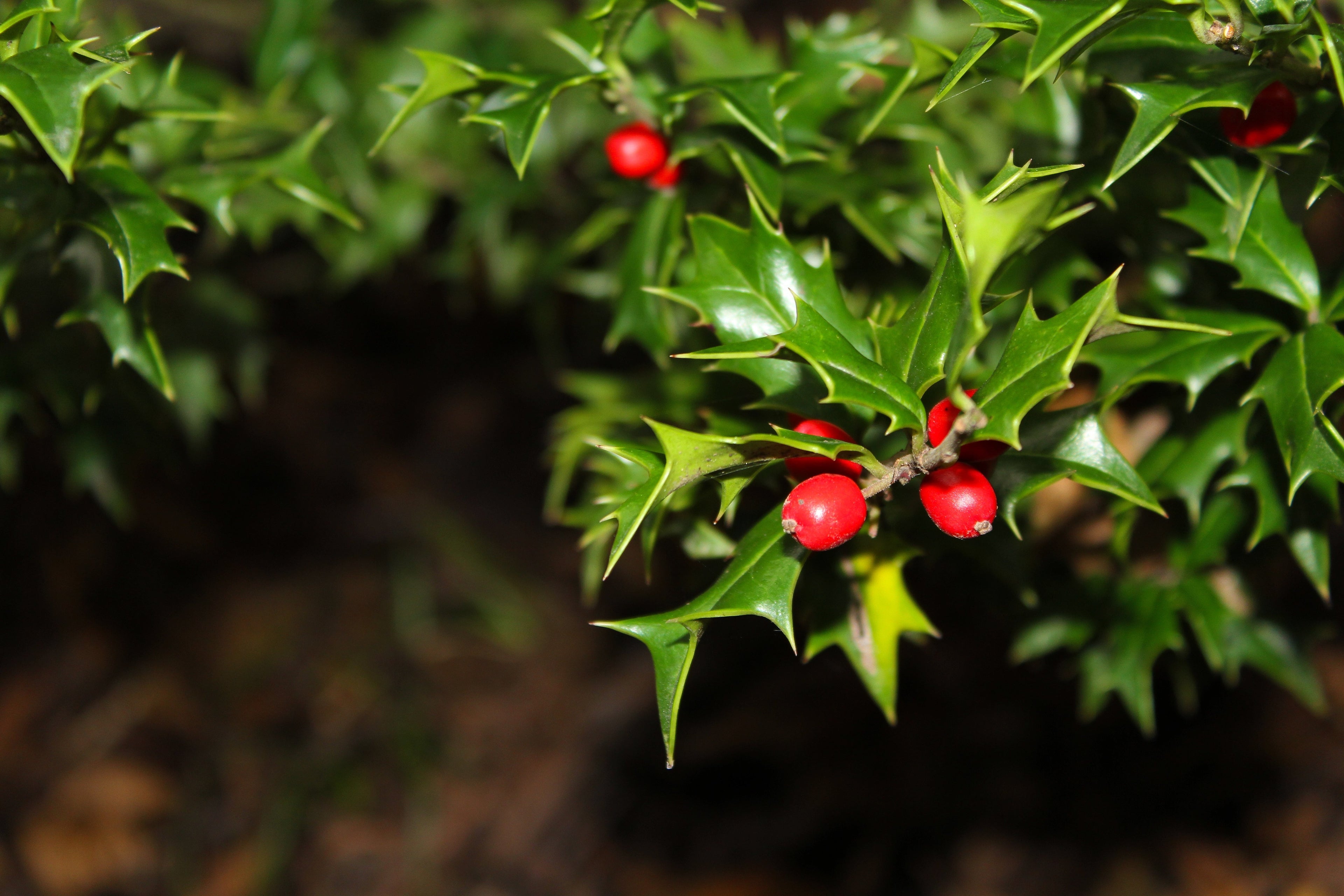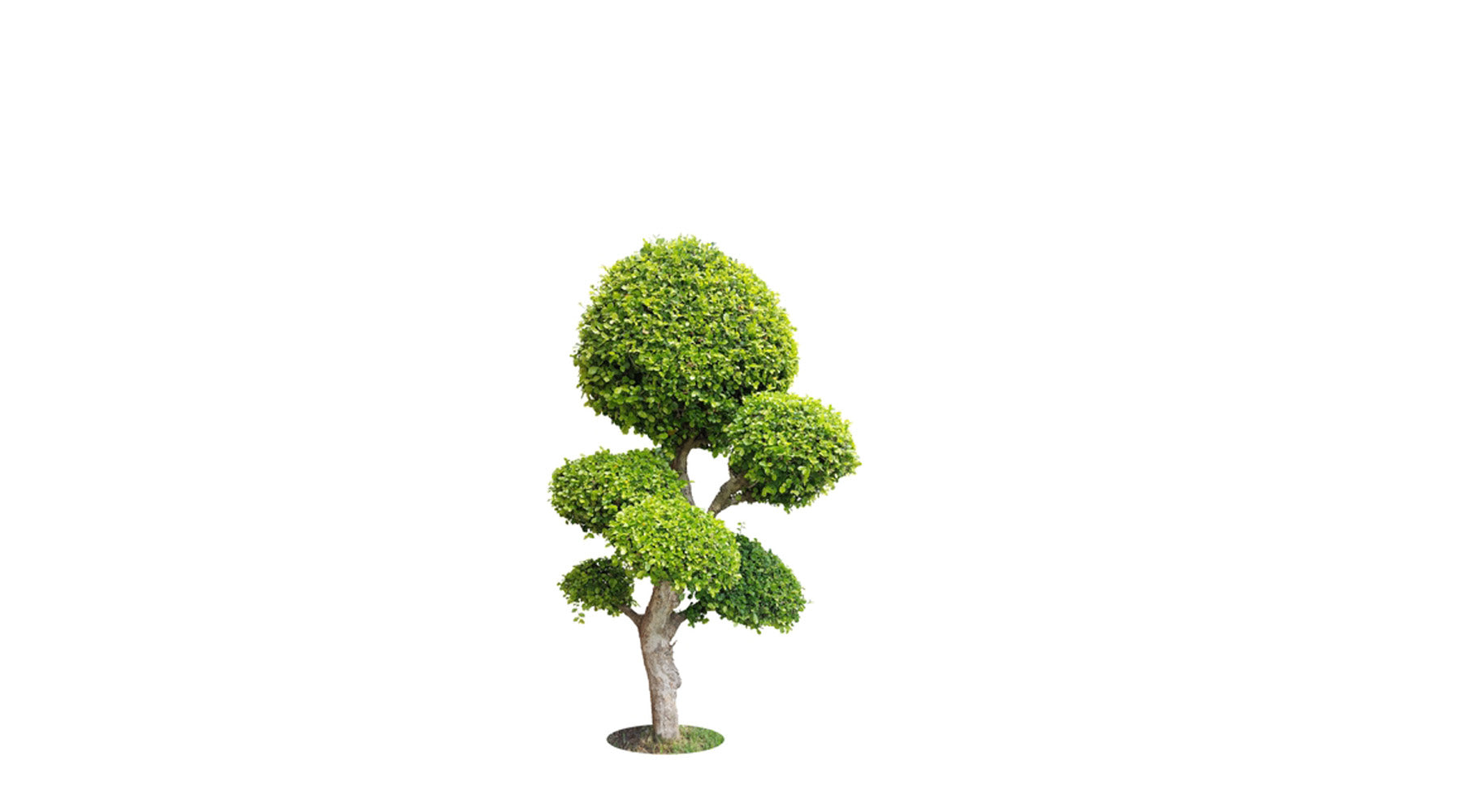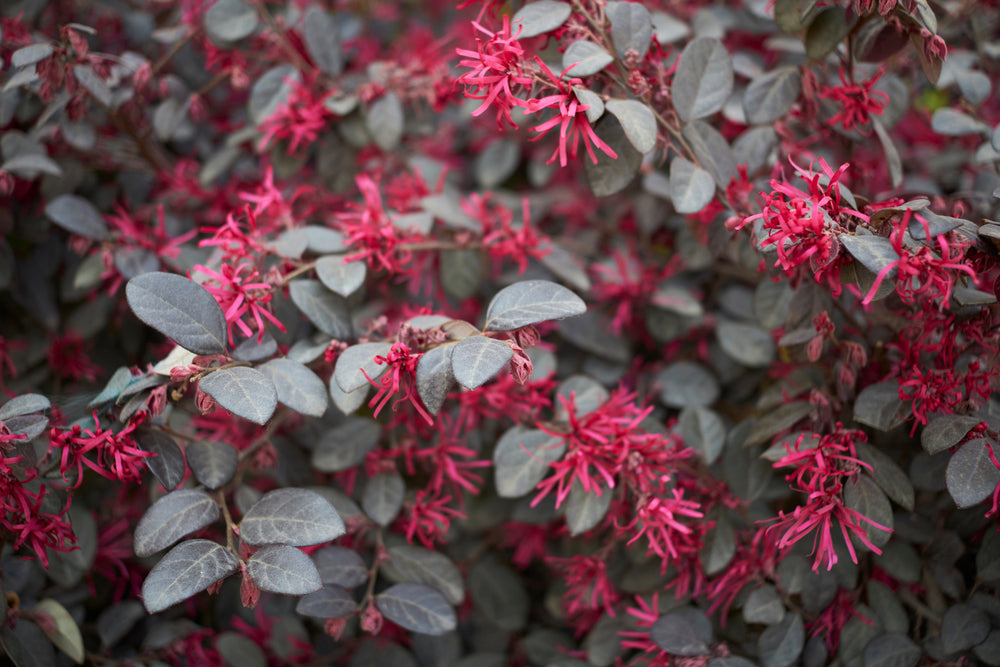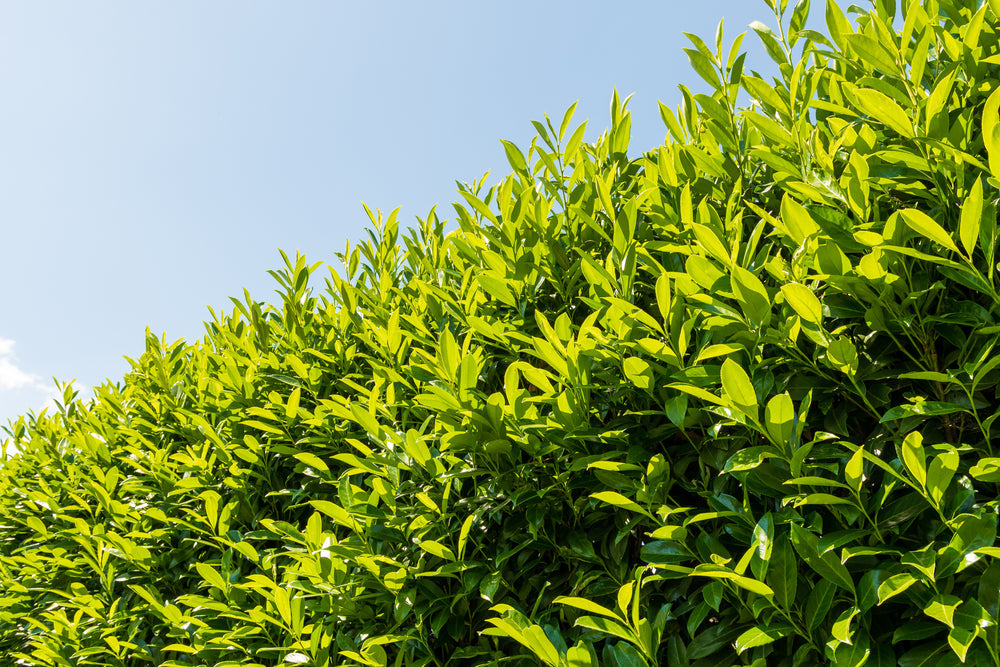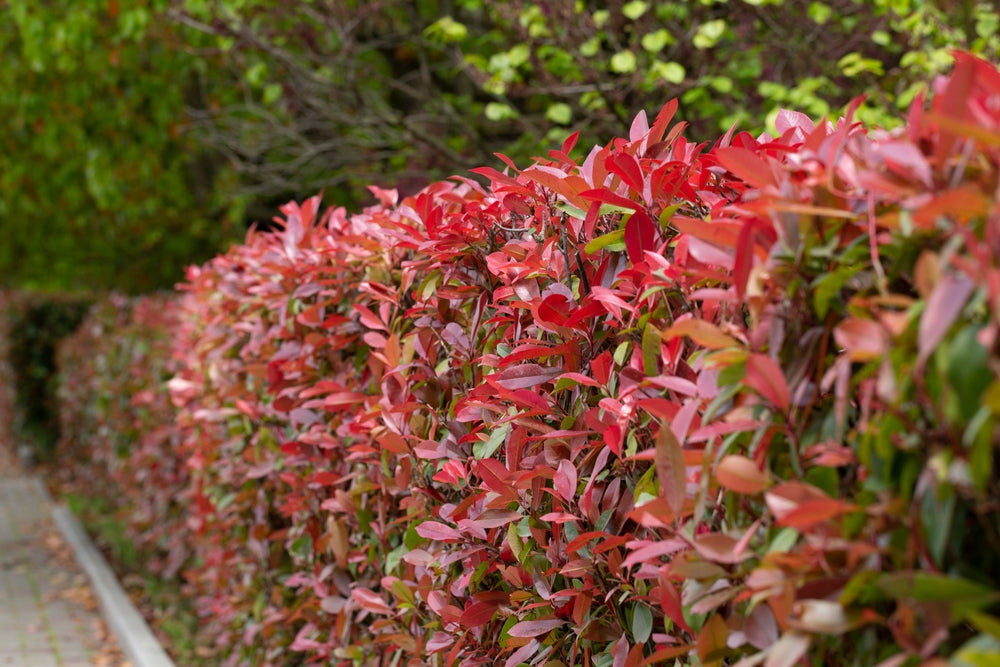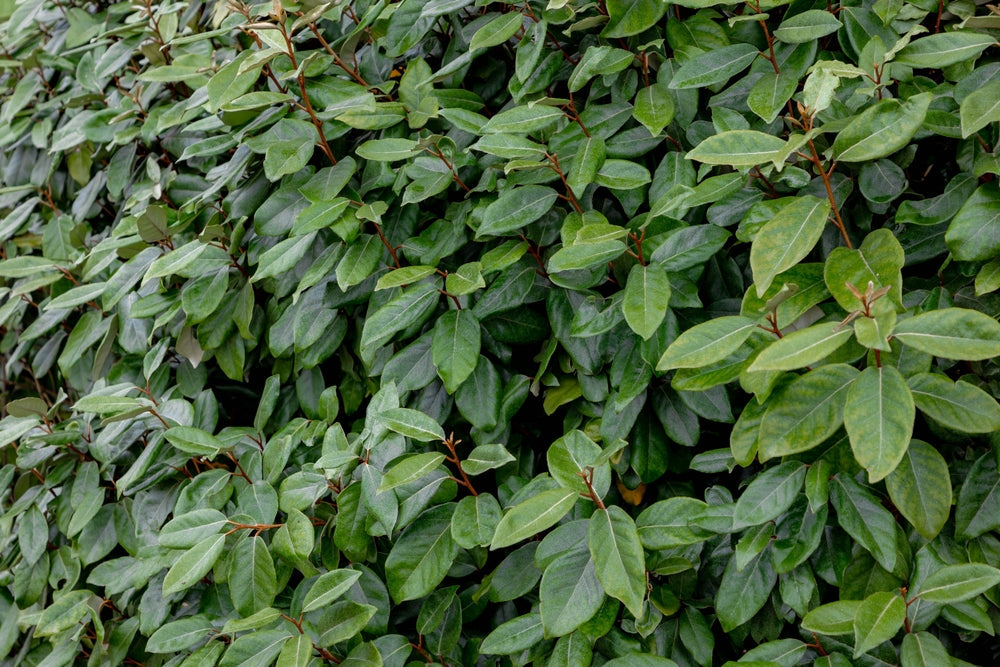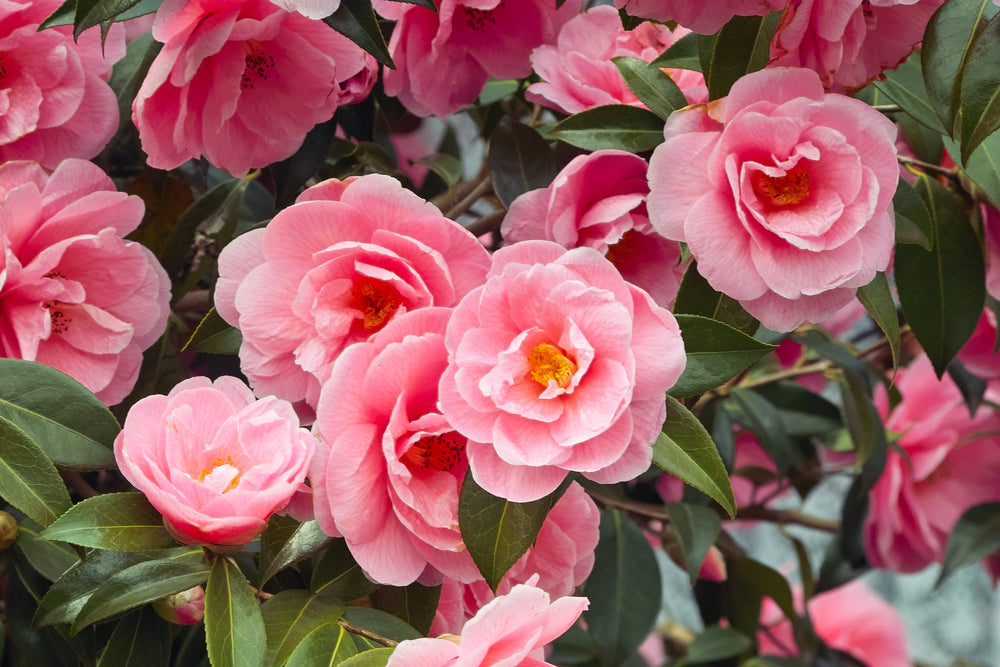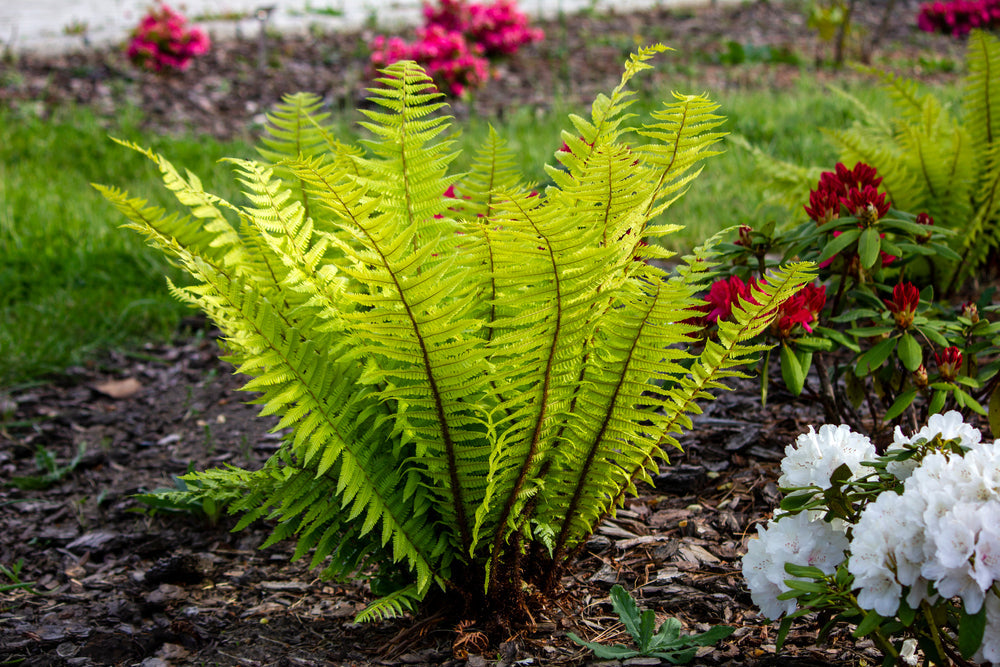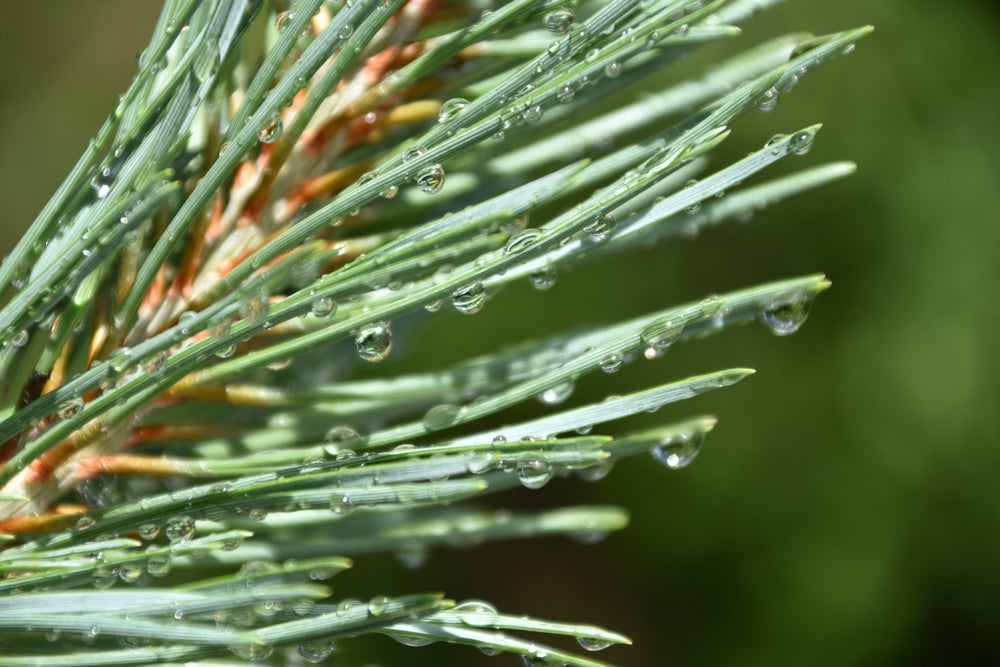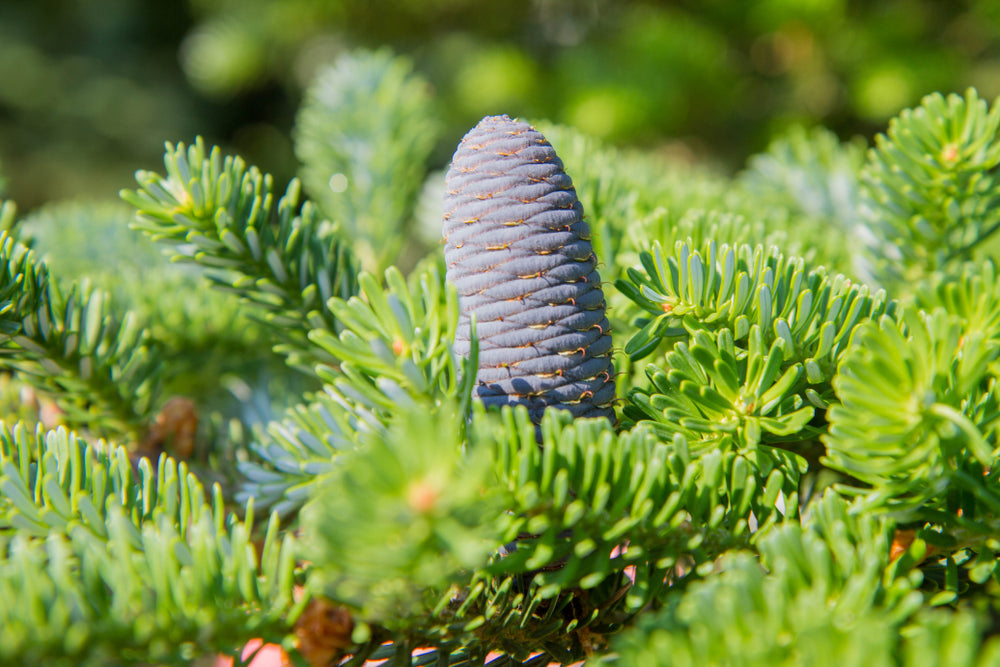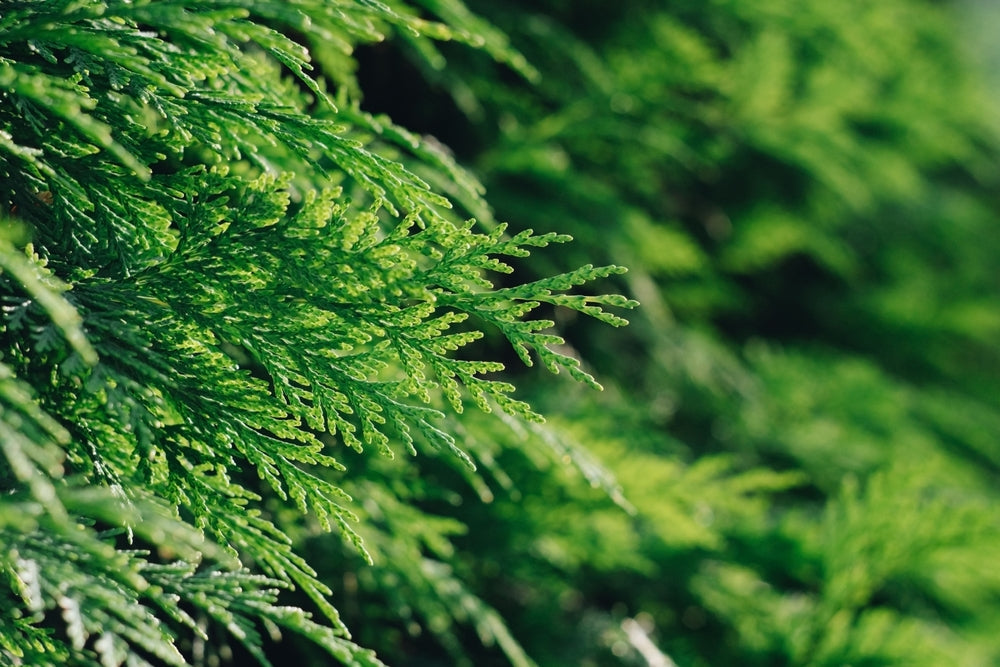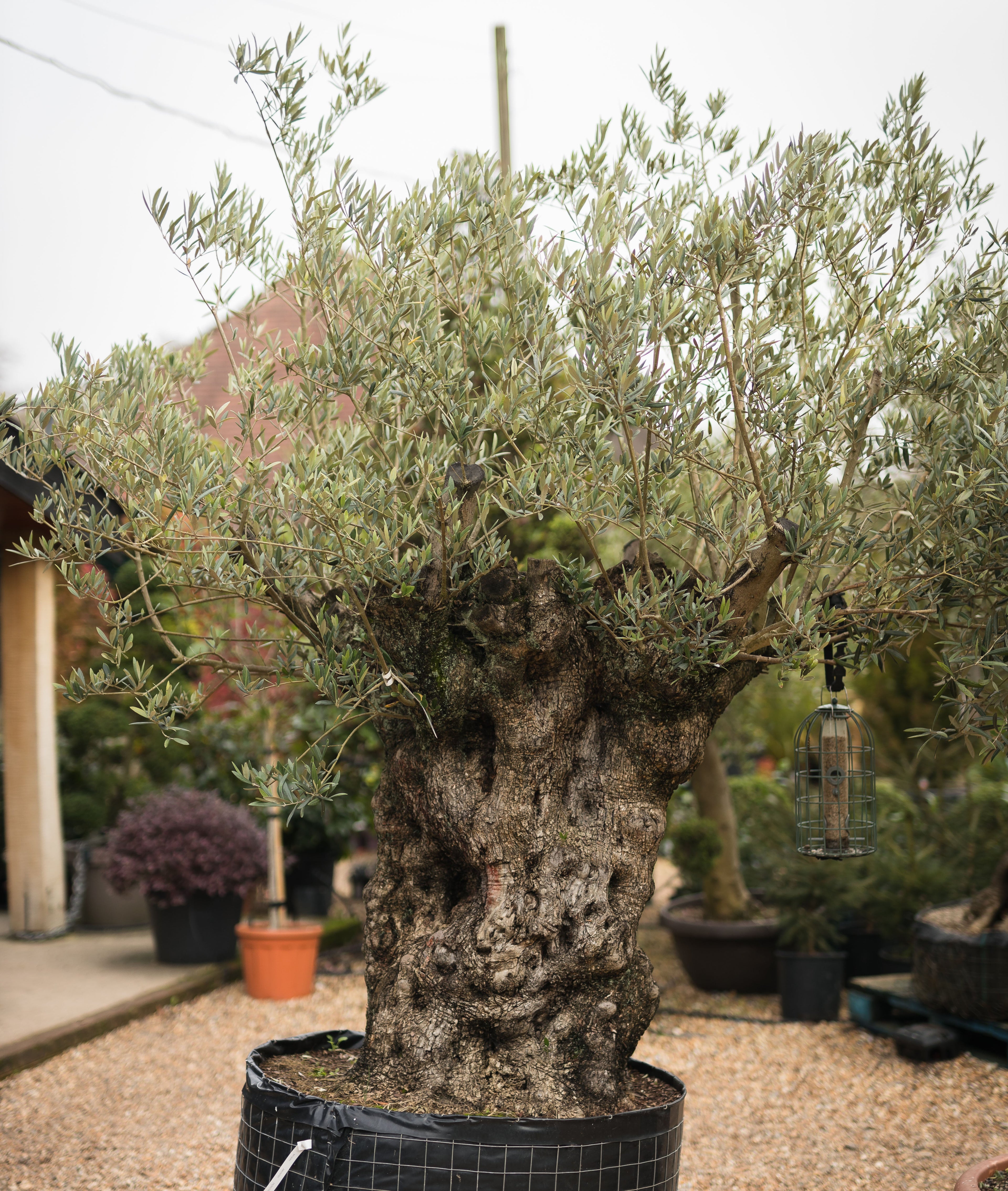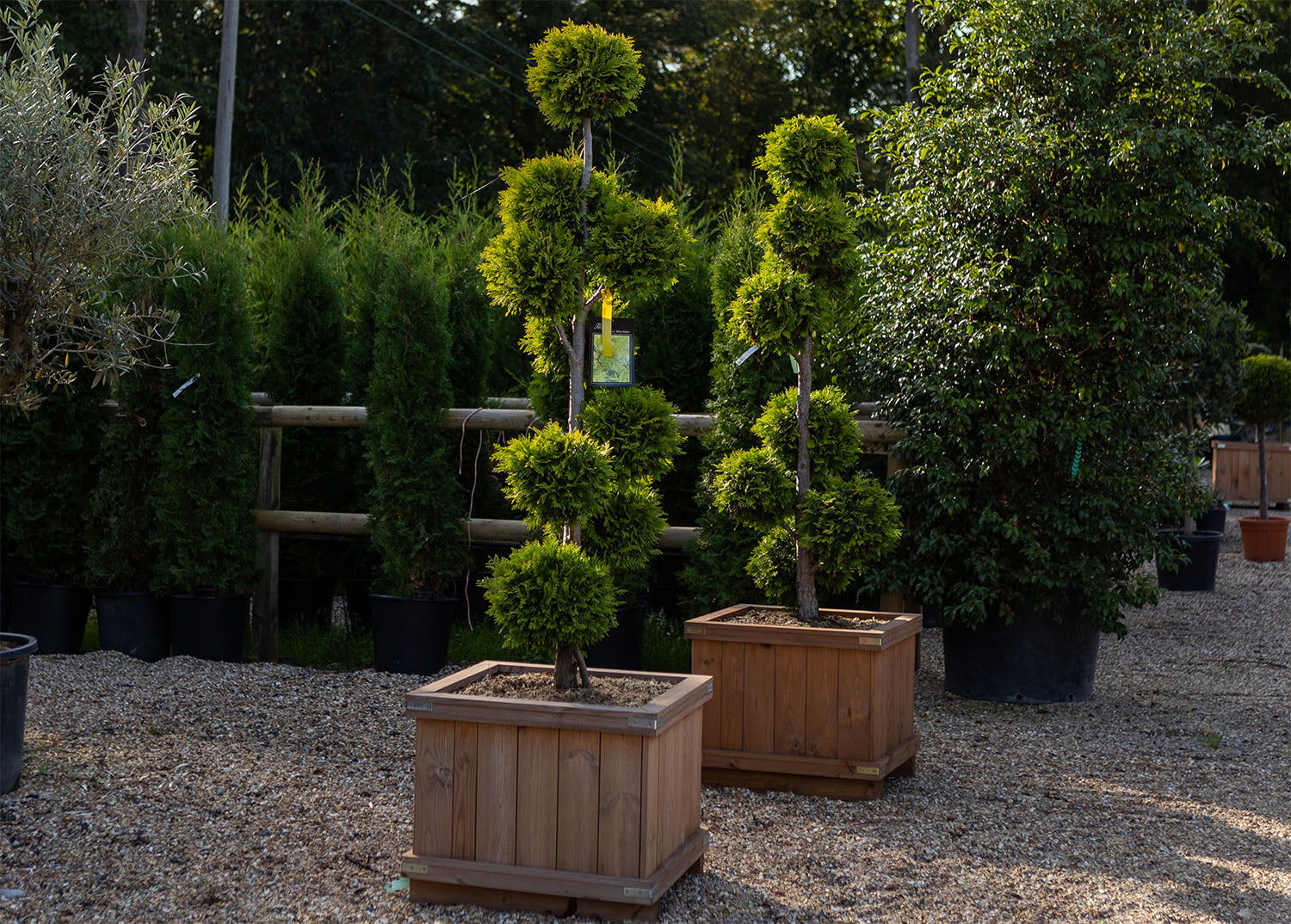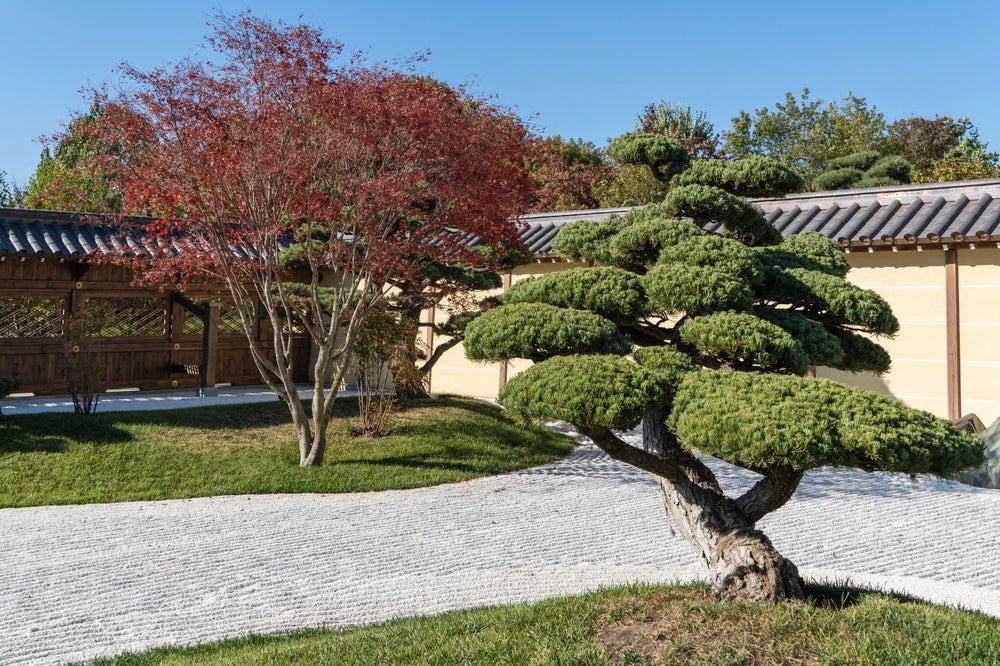
Plants to consider for drier conditions
There has been talk recently of concerns of lack of rain during the winter months. Whilst this is something all gardeners need to consider for the future, it is particularly true in the case of the south of England. Climate change presents us with many challenges, one of which is our green space, ensuring our gardens are keeping up with the challenges of possibly less water in the future and using water much more wisely.
One way of trying to help the environment into the future is to plant drought tolerant plants. With some careful planning and conditioning of your ground, whilst thinking of the watering needs of your chosen plants, there is a good range that can tolerate dry conditions once they are established.
There are many practical factors to consider when choosing the correct drought tolerant plants, which include:-
- Try to plant any silver leaved, less hardy, sun-loving plants in April when the soil is beginning to warm up. By doing this, they establish their roots well before winter arrives. Otherwise, they could suffer from root rot if planted in the autumn when the ground will be getting cold and damp.
- By planting smaller specimens, they get used to their growing environment gradually as they develop. Smaller specimens will also require less water initially than a larger plant, and will be more able to acclimatise to their conditions.
- Consider adding organic matter to the soil before planting. This can help to improve both water availability and drainage, but do not add fertiliser. Adding fertiliser can encourage too much lush growth which may flop in summer, require extra watering, and be affected by frost in the winter.
- Use mulches to retain moisture in the soil, but please remember to only mulch up to the canopy of the tree or shrub. Do not cover the top surface of the root system or mulch up to the trunks, as this will cause the trunk to sweat and cause problems which could result in the death of your tree or shrub.
- Remove all weeds regularly so they do not further deprive your plants of water.
- All new plants will need to be watered thoroughly when they are first planted and will need to be kept watered during their first season to help them establish. However, once they are established they will become much more drought tolerant.
Many drought tolerant plants have silver or grey-green leaves so that their light leaf colour can reflect the severe rays of the sun. Other plants may have fine hairs on their leaves or stems which help them to trap moisture. You can also tell if a plant is adaptable to growing in drought conditions because they may have waxy leaves, be sticky or have small needle-like leaves.
At Arundel Arboretum, we have a good selection of drought tolerant plants. Here are a few you could consider:-
Pittosporum tobira ‘Nanum’ (dwarf Japanese Mock Orange)
Pittosporum tobira ‘Nanum’ is an evergreen shrub. It has deep green, glossy leaves with small heads of creamy-white scented flowers which appear in the summer. Pittosporum tobira ‘Nanum’ is an excellent shrub for coastal conditions. It can be planted in full sun to partial shade and is tolerant of windy and other coastal conditions. Pittosporum tobira ‘Nanum’ will grow on most soils except waterlogged or chalky conditions. It is slow growing and has a compact growth habit.

Cordyline australis / New Zealand Cabbage Palm
Cordyline australis is a small evergreen tree. It has pale green foliage with arching linear to lanceolate leaves emerging from a single trunk. It produces small fragrant creamy-white flowers. Cordyline australis is very hardy against salt laden winds. It is sometimes used for screening. It will grow in full sun and partial shade but prefers a sheltered position. It will also grow in well-drained or moist soil. Cordyline australis has an eventual height of 4-8m and a spread of 2.5-4m.

Trachycarpus fortunei (Chusan Palm)
Trachycarpus fortunei is a single stemmed palm, with large fan-shaped dark green leaves and light green to ash grey underside. It produces pendulous yellow flowers in the summer, which are followed by blackish-blue fruits. Trachycarpus fortunei is the hardiest palm in Britain. It has an eventual height of 20m and a spread of 2.5m. It can be kept in pots or large containers but must be sheltered from cold, drying winds.

Yucca rostrata
Yucca rostrata is a stunning desert yucca also known as Beaked Yucca. It has numerous long, blue-grey leaves that can be up to 40-60cm long, and produces fleshy white flowers. Yucca rostrata is a superb architectural plant to bring interest into the garden. When properly rooted, they can withstand temperatures of about -14°C, if they are kept dry in the winter. They can be planted in full sun and in a raised bed is ideal. They are slow growing and have an eventual height of 3-4m and a spread of 1m. They require an alkaline soil. Water sparingly and keep dry during the winter.

There are many other drought tolerant plants you can consider including Agapanthus, Holly (Ilex), Eriobotrya, Taxus (Yew), Lavender, Sedum and Salvia and one of our favourites – Olea (Olive).
We look forward to welcoming you to Arundel Arboretum and advising you on drought tolerant plants for your garden.
Share




















